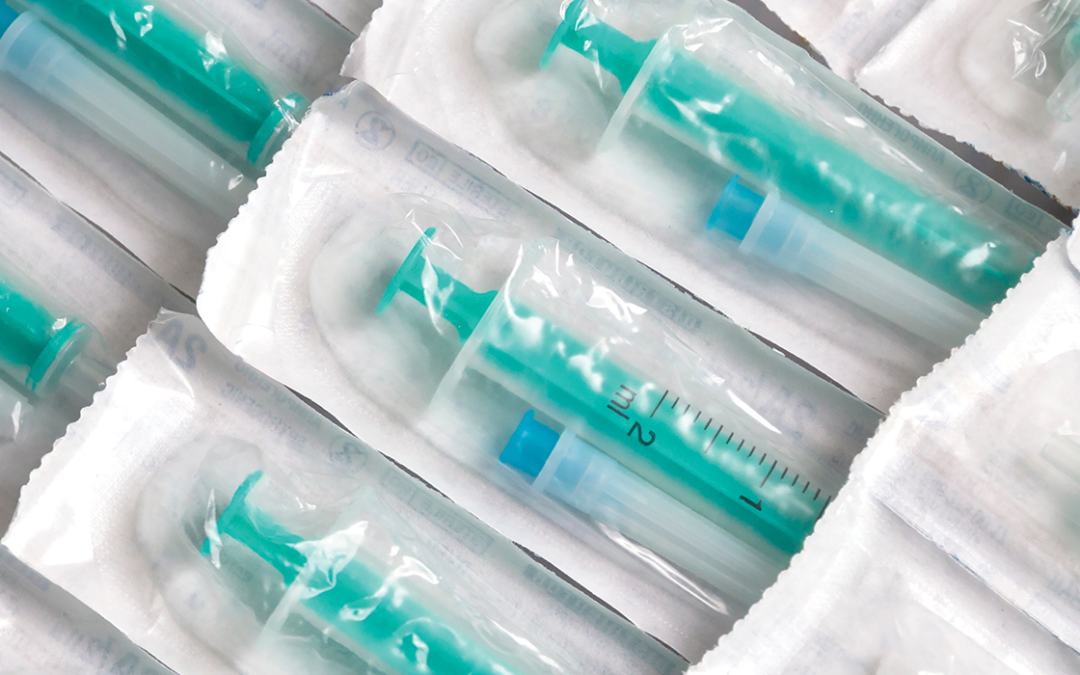Leaders like Mark Baumbick, Key Account Manager at Indafor, stand at the forefront of innovation as the medical packaging industry continues to evolve and seeks improvements in efficiency, design, and safety and sustainability.
We spoke with Mark about how the Indafor team is impacting the industry with its brand, Medidura, and our 30 years of experience innovating medical packaging.
What are the key features of Indafor’s medical packaging solutions that set them apart from competitors in the market?
Indafor’s commitment to quality, functionality, and efficiency positions us as a leader when it comes to reinforced medical packaging paper.
Our dedicated research and development scientists have designed Medidura™ to comply with industry standards, while providing high tear resistance, clean peel technology, and exceptional printability.

Mark Baumbick,
Key Account Manager at Indafor
As we look ahead to 2025, what trends do you foresee shaping the future of medical packaging, especially in terms of innovation and sustainability?
This year, we will continue to educate our current and future customers about Medidura™ product options that are right sized for their needs without compromising integrity of sterile packaging. Our focus will be on identifying and adopting cost-effective alternatives that employ lighter materials, reduce materials usage, and minimize transportation costs and environmental impact.
How do you assess the current state of the medical packaging market, particularly concerning regulatory changes and technological advancements?
From a regulatory standpoint, the market clearly grasps the complexities involved in implementing significant changes. Transforming established systems and practices is not as simple as flipping a switch. We need ample time to develop and refine our advancements thoughtfully and practically.
What significant changes or challenges will medical packaging suppliers face in the next few years, and how should they prepare for these shifts?
One of the biggest challenges the industry faces is creating practical recycling and sustainability goals. There is a strong desire to adopt sustainable practices in medical packaging, while balancing costs, availability, and how practical these ideas are.
In your opinion, how important is collaboration between medical packaging suppliers and manufacturers in driving advancements in packaging solutions? Can you share any insights on successful partnerships you’ve witnessed?
Collaboration is the cornerstone of driving meaningful achievements and changes in the medical packaging industry. It is the only way we will have breakthroughs that benefit patients.
A prime example of successful collaboration can be seen in the development of a low Cobb value product specifically designed for customers operating in high-humidity environments. This innovation addressed the unique challenges faced by the customer and ensured that the end product meets the critical needs of patients in those conditions.
We have also successfully created products that combine high strength with an affordable price point (when compared to competitive technology), making advanced healthcare solutions more accessible. We want to build a strong value chain by working with manufacturers, suppliers, healthcare providers, and patients. When one group succeeds, everyone benefits.

